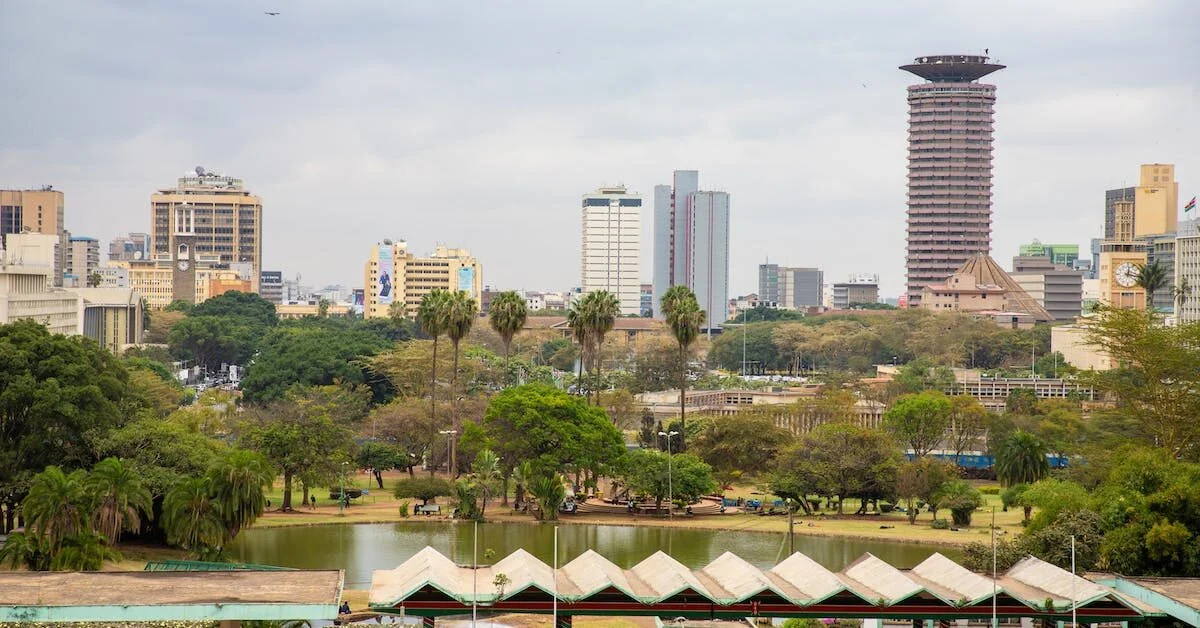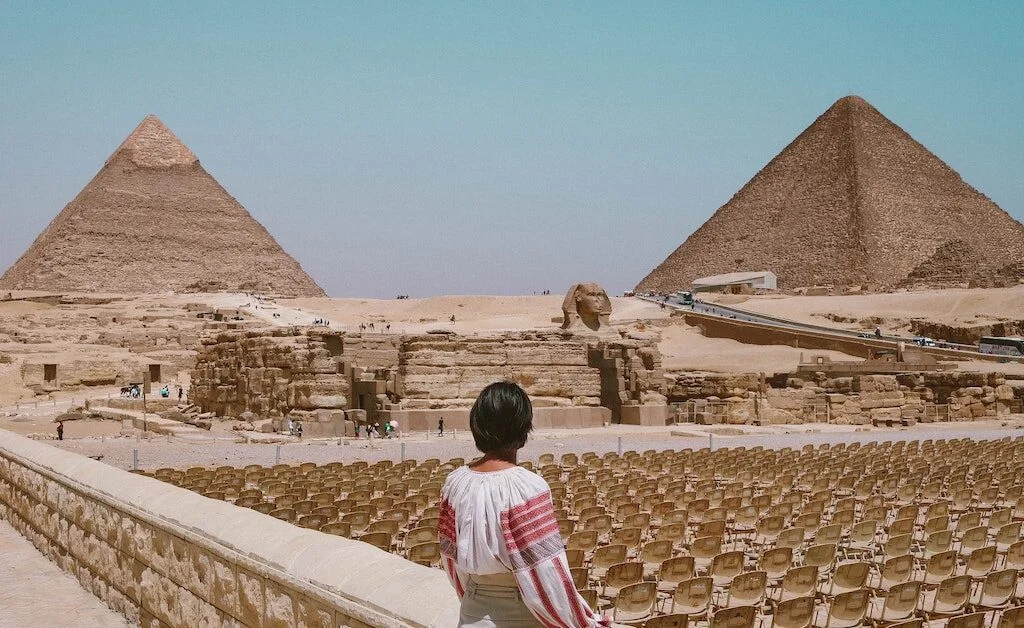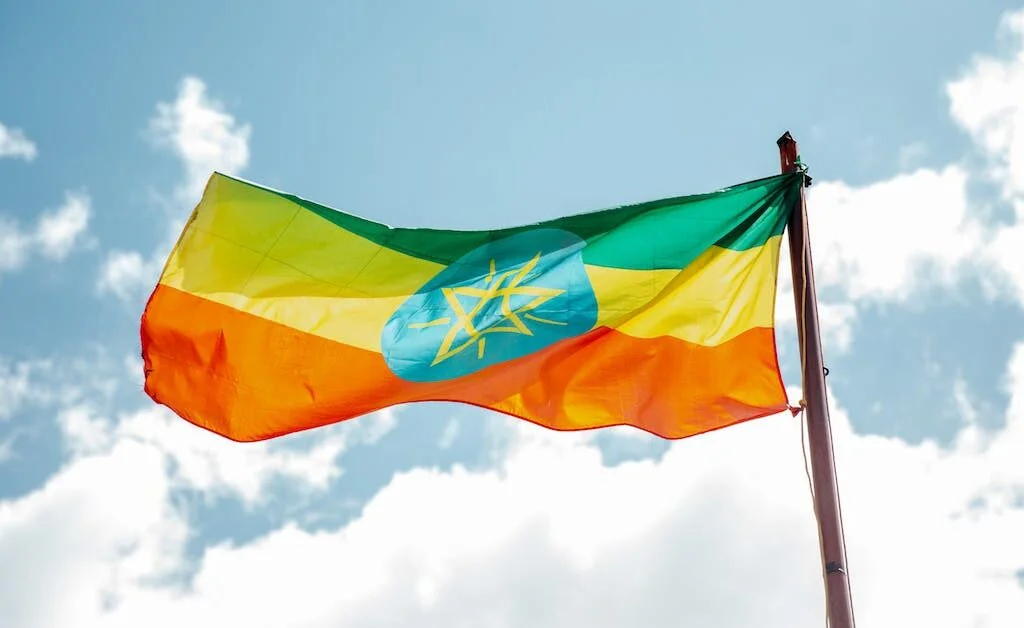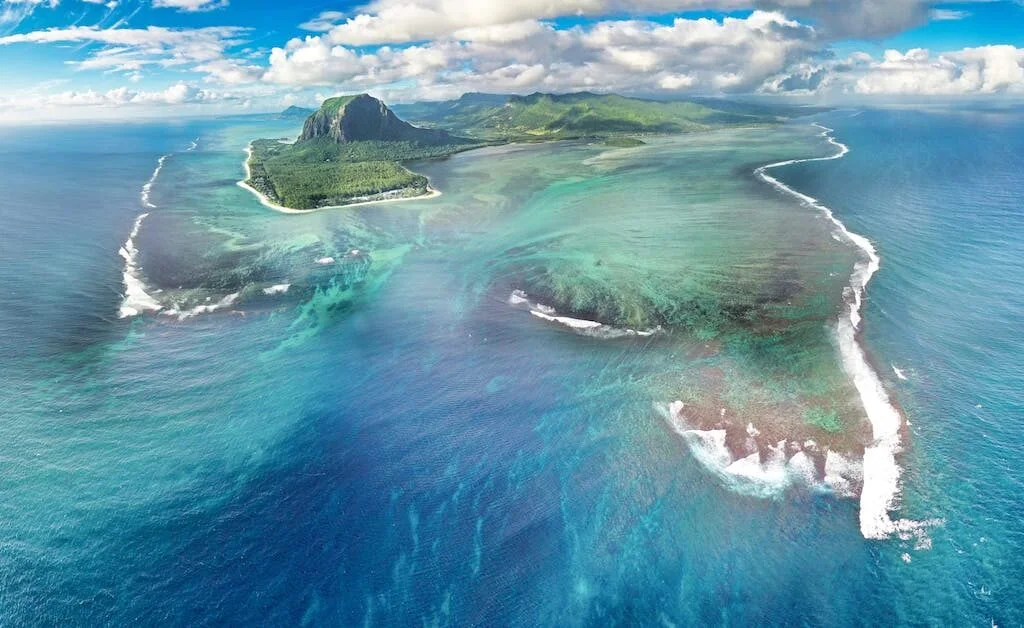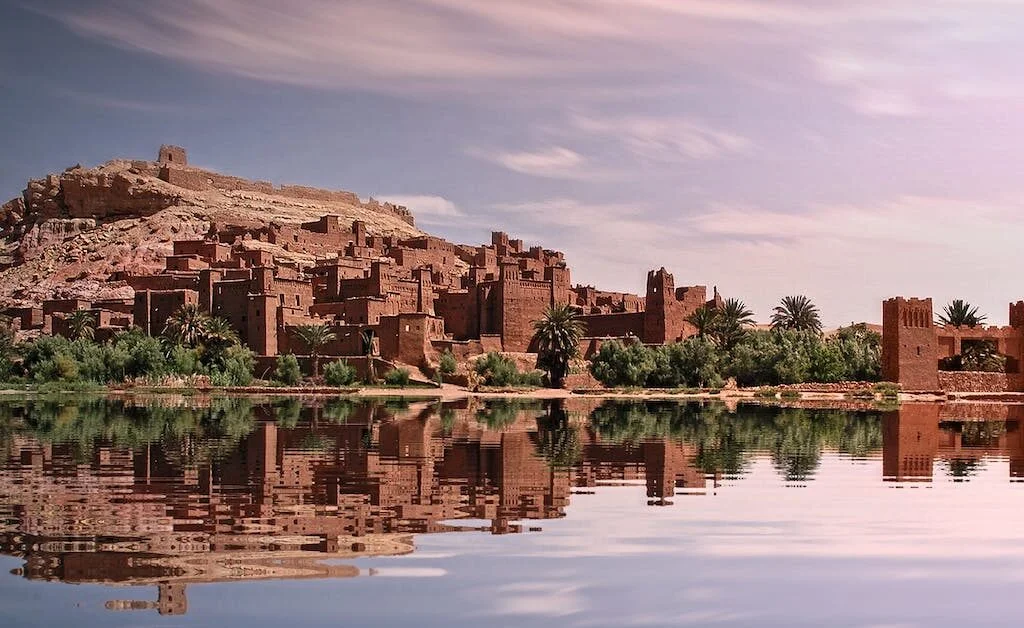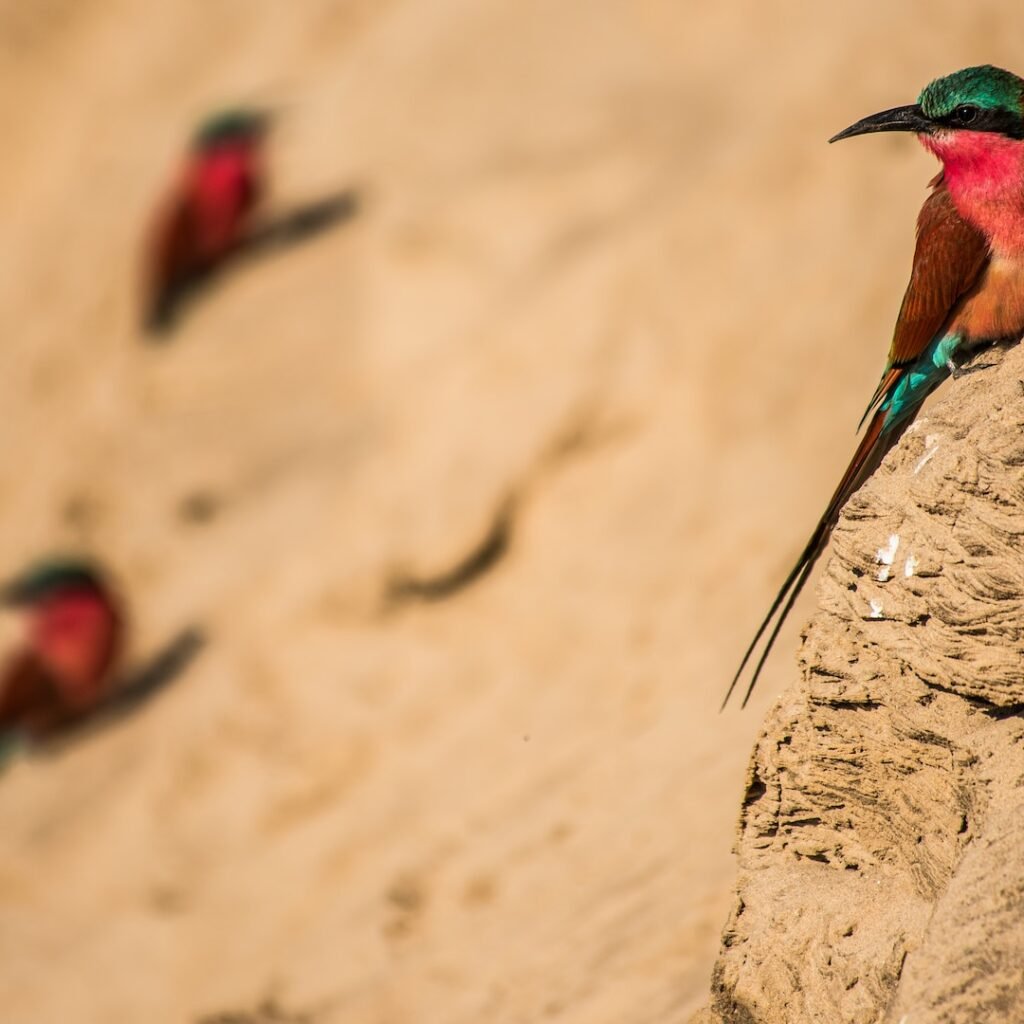Kenya, the land of breathtaking landscapes and incredible wildlife, offers year-round opportunities for travelers seeking unique experiences. Whether you’re interested in witnessing the Great Wildebeest Migration or exploring diverse ecosystems, Kenya has something to offer every month of the year. In this comprehensive guide, we will delve into the best time to visit Kenya, highlighting the key attractions and experiences awaiting you.
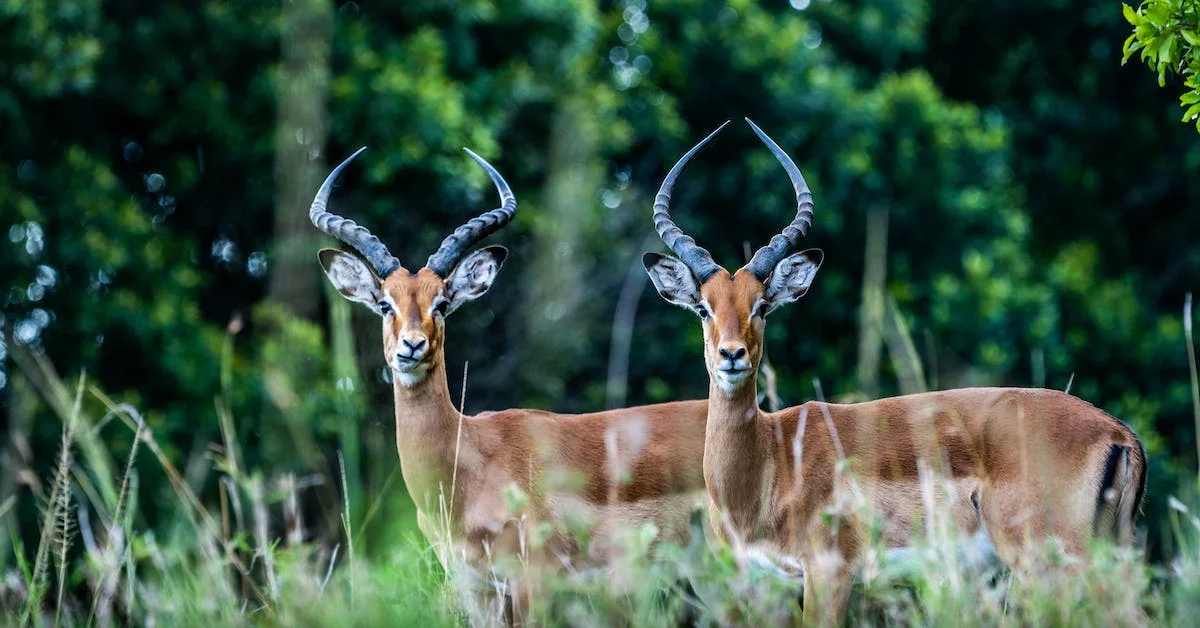
Exploring Kenya’s Year-Round Appeal
Kenya’s Two Main Seasons
Kenya’s climate is as diverse as its geography, characterized by two primary seasons: the dry season and the rainy season.
Dry Season (June to October)
- The dry season, from June to October, is considered the best time to visit for wildlife viewing.
- This period boasts clear skies, making it easier to spot animals in national parks and reserves.
- Game congregates around water sources, providing excellent wildlife-viewing opportunities.
- It coincides with the Great Migration in the Masai Mara, making it a busy but spectacular time to visit.
Rainy Season (March to May)
- Kenya’s long rainy season occurs from March to May, making it the wettest time to visit.
- Accommodationss may close due to heavy rains, and travel can be challenging.
- However, the lush landscapes and abundant wildlife offer unique photography opportunities.
- The short rains in November and December are less disruptive and can refresh the vegetation.
Specific Months for Unique Experiences
January to February
- These months are warm and generally dry, with higher concentrations of animals in popular destinations like the Masai Mara.
- Excellent visibility for divers in the Indian Ocean due to low surface runoff.
Early March
- While the skies remain blue, the wildlife population starts to decline due to the onset of the rainy season.
June to August
- The start of Kenya’s dry season brings abundant wildlife to waterholes and riverbanks.
- Higher prices, but witnessing the Great Migration in the Masai Mara is worth it.
September to November
- Fewer tourists make it a great time for wildlife enthusiasts.
- Ideal for travelers without children.
December
- Lush green landscapes offer habitat for migratory birds and newborn animals.
- Quieter and more serene compared to peak season.
The Great Wildebeest Migration
Spectacle of a Lifetime
The Great Wildebeest Migration, an annual event that involves millions of wildebeest, zebras, and other herbivores, is a sight to behold.
- Peak season for migration sightings in Kenya: June to October
- You are likely to witness river crossings during this period, although migration is year-round.
- Wildlife sightings outside of peak season tend to be more leisurely and exclusive.
Wildlife Encounters in Kenya
The Big Five
Kenya is renowned for the Big Five: elephant, buffalo, leopard, lion, and rhino. While some species face challenges due to illegal hunting, dedicated conservation efforts aim to protect these iconic animals.
Other Fascinating Wildlife
- Lions, leopards, and cheetahs are charismatic big cats commonly sighted.
- Black and white rhinos, hippos, and elephants are essential to Kenya’s ecosystems.
- The country boasts diverse antelope species, primates, and carnivores.
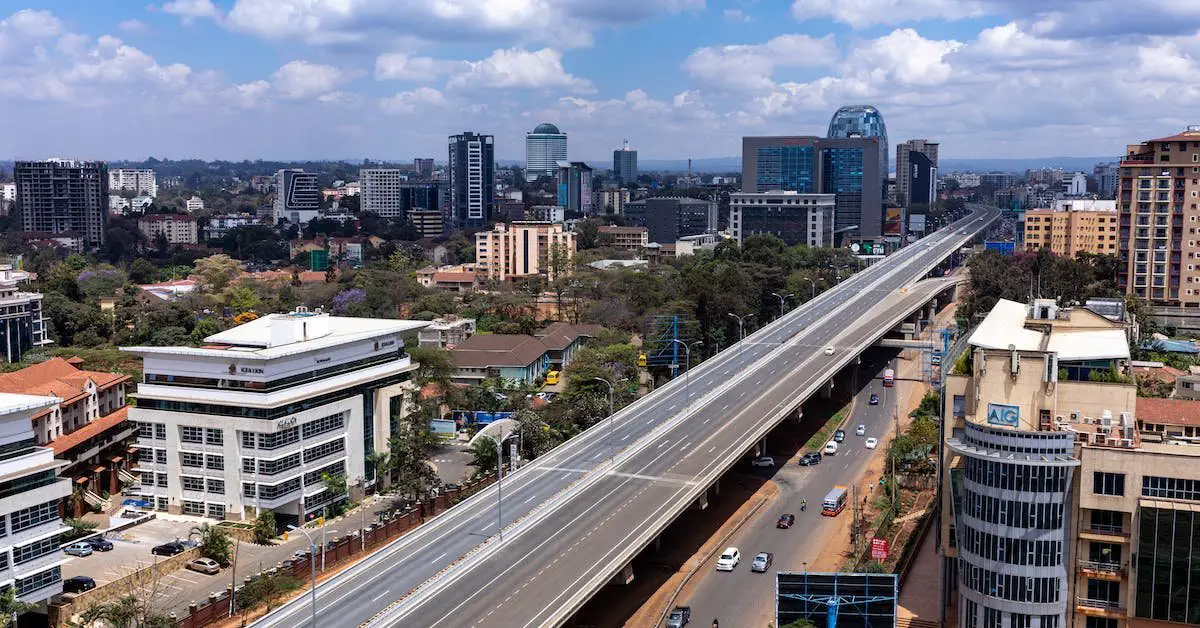
Kenya’s Abundance of Safari Parks
Over 50 National Parks
Kenya offers more than 50 national parks and reserves, each contributing to its diverse ecosystem. Some of the most famous ones include:
- Masai Mara National Park is known for its extraordinary wildlife and the Great Migration.
- Lake Nakuru National Park is home to a million flamingos.
- Aberdare National Park houses a significant black rhino population.
- Tsavo National Parks and Amboseli National Park are ideal for observing animals with Mount Kilimanjaro as a backdrop.
What to Wear and Pack for a Kenyan Safari
Safari Attire
- Light, breathable, and neutral-colored clothing is recommended.
- Don’t forget a hat and sunscreen to protect yourself from the African sun.
- Bring a light rain jacket for unexpected showers in certain seasons.
Essential Items
- Water bottle and reusable binoculars for wildlife viewing.
- Insect repellent and lip balm for comfort during the safari.
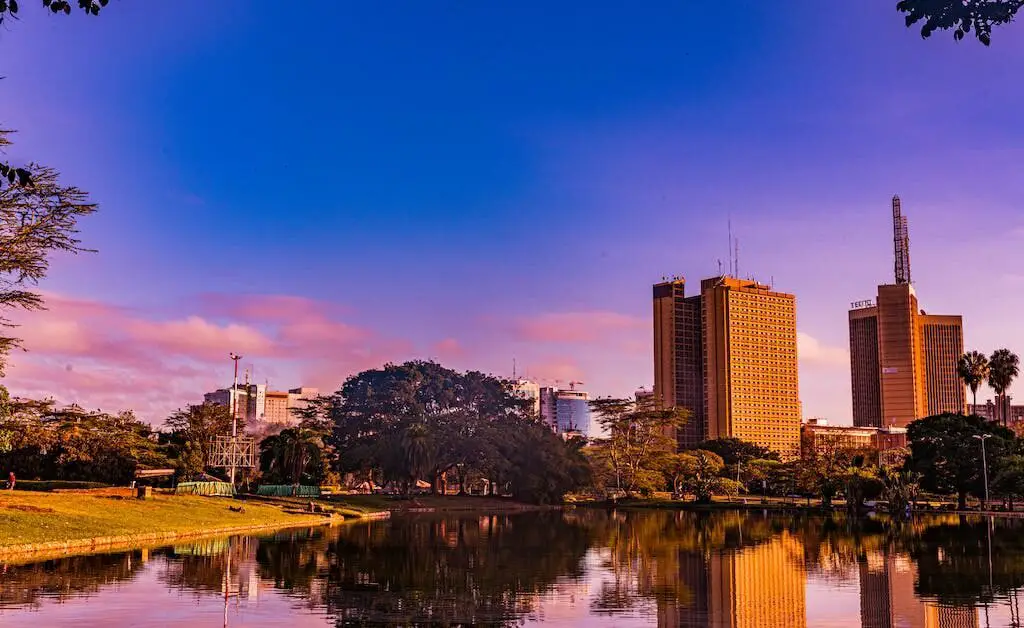
Monthly Breakdown: When to Visit Kenya
January and February
Overview
- Warm and mostly dry conditions make it a favorable time to explore Kenya.
- High concentrations of animals can be found in popular tourist destinations.
Highlights
- Excellent visibility for divers in the Indian Ocean, with clear waters due to minimal surface runoff.
- Perfect for game drives in national parks like Masai Mara and Lake Nakuru.
Activities
- Witness the diverse wildlife in its natural habitat.
- Enjoy photography and safaris with lush landscapes.
March to May
Overview
- Known as the long rainy season in Kenya.
- Hot and wet conditions, with significantly higher rainfall.
Highlights
- Unique photography opportunities with lush landscapes.
- Fewer tourists, leading to a quieter experience.
Activities
- Explore the rich culture and traditions of the Maasai people during the off-peak season.
- Birdwatching with birds in full breeding colors.
June to August
Overview
- The dry season begins in Kenya with cooler and dry weather.
- Abundant wildlife congregates around water sources.
Highlights
- Witness the Great Migration in the Masai Mara.
- Ideal time for game drives and wildlife photography.
Activities
- Spectacular wildlife watching, especially the river crossings of the Great Migration.
- Experience Kenya’s national parks at their best.
September to November
Overview
- Fewer tourists compared to peak season.
- Ideal for travelers without children.
Highlights
- A great time for wildlife enthusiasts who prefer a quieter experience.
- Witness the natural beauty of Kenya without the crowds.
Activities
- Explore national parks without the hustle and bustle of peak season.
- Enjoy safaris and wildlife viewing at your own pace.
December
Overview
- Lush green landscapes make it a serene and beautiful time to visit.
Highlights
- Ideal habitat for migratory birds and newborn animals.
- Quieter and more serene compared to peak season.
Activities
- Enjoy Kenya’s incredible landscapes and the birth of wildlife.
- Experience the rich culture of the Maasai people without the crowds.
Final Thoughts
Kenya, frequently alluded to as the “home of safari,” offers a brilliant mix of scenes, environments, and untamed life that can be investigated over time. The best time to visit Kenya largely depends on your preferences and the experiences you seek. Whether you desire the spectacle of the Great Migration or wish to explore the diverse national parks, Kenya ensures a memorable journey whenever you decide to go.
In summary, Kenya is a year-round destination, with each season offering its own unique charm. Plan your visit according to your interests, and you’ll undoubtedly have an unforgettable safari experience in this enchanting African nation.
Read More : Best Time to Visit Zanzibar: A Comprehensive Guide
FAQs :
The most obvious opportunity to visit Kenya is from June to October, during the dry season when untamed life is abundant.
For an ideal safari experience, plan your visit during the dry season from June to October.
Kenya’s cost varies but generally offers a range of options from budget to luxury. It’s possible to enjoy Kenya on a budget or indulge in upscale experiences.
The pinnacle season for the Incomparable Relocation, when you’re bound to observe stream intersections, is from June to October. Notwithstanding, the movement is an all year peculiarity, and you can see huge crowds whenever of the year.

